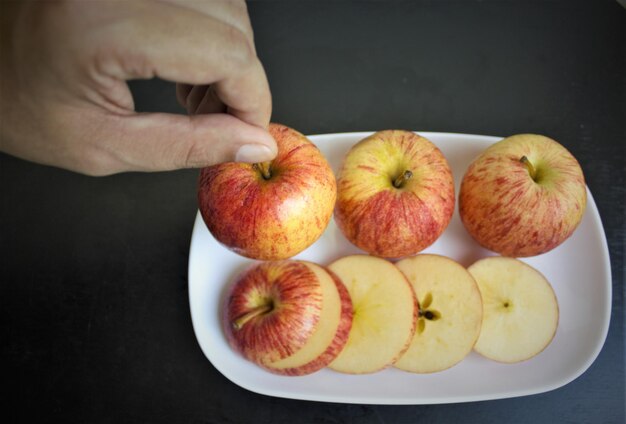Are Apples a Sweet Option for Diabetics?
For those living with diabetes, nutrition choices can often feel like a maze of potential pitfalls and missed pleasures. Among the many dietary decisions to navigate lies a simple yet vital question: Can diabetics enjoy apples safely?
Apples and Blood Sugar: The Basics
Apples, cherished worldwide for their crisp texture and natural sweetness, are indeed among the healthier fruit choices for people with diabetes. They are a prime source of fiber, vitamins, and essential antioxidants. Thanks to their fiber content, particularly pectin, apples can help regulate blood sugar by slowing the absorption of sugar and enhancing digestion.
But how do apples affect blood glucose levels? Despite being a fruit with natural sugars like fructose, apples score relatively low on the glycemic index (GI), typically around 36 to 40 depending on the variety. This low-GI ranking means they cause slow, gradual rises in blood sugar levels, making them a safer sweet treat compared to higher-GI foods.
Choosing the Right Apple
While most apples are a suitable choice, some varieties are better than others. For instance, tart apples like Granny Smiths contain slightly less sugar than their sweeter counterparts such as Fuji or Gala apples. When considering apples as a snack, it’s essential to monitor portion sizes, with a medium apple often recommended by dietitians as a sensible serving size.
Balancing the Diet
Incorporating apples into a diabetic diet requires balance. Instead of consuming apples in isolation, adding a protein or healthy fat can mitigate spikes in blood sugar:
- Pairing apple slices with a tablespoon of peanut butter.
- Adding apple chunks to a salad with walnuts or cheese.
- Enjoying apples alongside a high-protein yogurt.
These combinations not only boost flavor but also help keep glucose levels more stable.
Financial Wellness Matters Too
Just as health management involves informed choices, financial wellness requires strategic planning. Life’s unexpected challenges, including managing diabetes, can strain even the most carefully balanced budgets. Thankfully, there are numerous resources available to help ease these financial burdens:
Government Aid Programs: Many government initiatives are designed to provide financial assistance and access to affordable healthcare, crucial for those managing chronic conditions like diabetes.
Debt Relief Options: Navigating medical bills and credit card debt is a common hurdle. Understanding available relief options can bring much-needed peace of mind and financial stability.
Educational Grants: For those seeking to improve their career prospects while managing a health condition, educational grants offer a pathway to less stressful financial planning.
Financial Assistance & Support Options
📌 Medicare & Medicaid: Offers coverage options for eligible individuals dealing with chronic health issues.
📌 SNAP (Supplemental Nutrition Assistance Program): Provides nutritional support, potentially reducing the burden of food expenses.
📌 Credit Counseling Services: Non-profit agencies offer guidance and support for managing and restructuring debt.
📌 Scholarships for People with Disabilities: Various organizations offer educational grants aimed at helping individuals manage health-related challenges while pursuing educational goals.
📌 Health Insurance Marketplace (via the ACA): Access to affordable health insurance plans accommodating diverse needs and income levels.
Understanding both your dietary needs and financial support options can make managing diabetes a little bit easier. Whether it means adding an apple to your diet or exploring new financial resources, making informed decisions today can lead to a healthier, more secure tomorrow.
